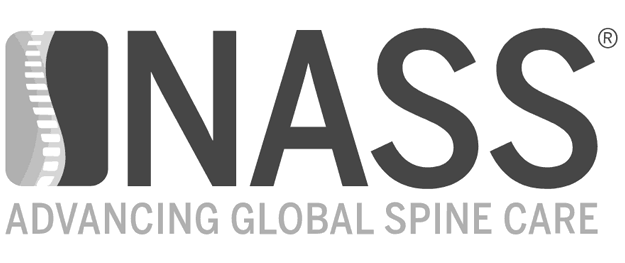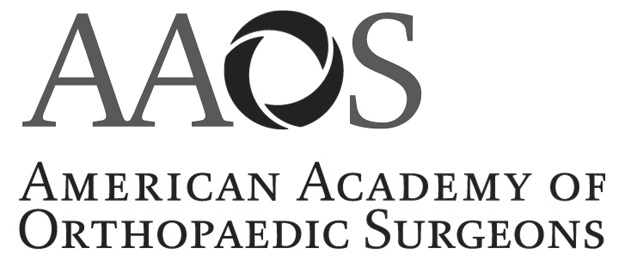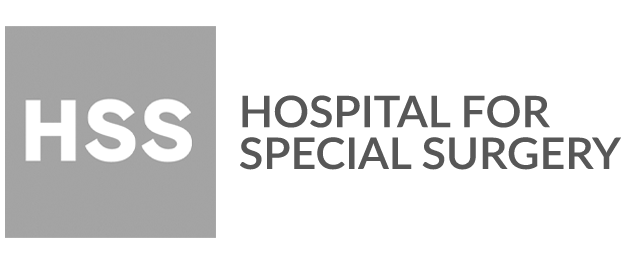This is a case of a female patient in her late 70s with a history of scoliosis who presented with new onset lumbar back pain and bilateral lower extremity weakness.
Imaging showed an L1 burst fracture. The intention of surgery was to efficiently decompress the canal and stabilize the fracture in a short segment construct. This proposed treatment plan would decrease anesthesia time, reduce morbidity, and avoid ending the construct within the degenerative scoliosis. Adequate anterior column stability was critical for this plan. 
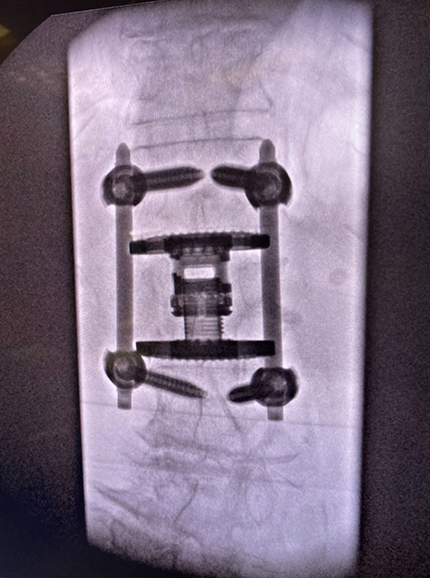
Our team performed a retroperitoneal lateral corpectomy of L1 in the prone position with simultaneous access to the posterior and anterior columns. A stabilizing rod was placed on the contralateral side between T12 and L2 with loose set screws to allow for distraction.
During the corpectomy, the table was rotated 10 degrees to aid in ‘line of sight’ and help with decompression of the canal from the lateral approach.
Time was 2.5 hours with EBL of 200cc.
Learn More About Scoliosis & Deformity Surgery
The patient is now 1 week post-op and is recovering. She has significant improvement in pain and is ambulating well.
#surgery #spinesurgery #backpain #physicaltherapy #fracture #healthcare #team #neurosurgery #dmgspine #medicine
RECENT POSTS
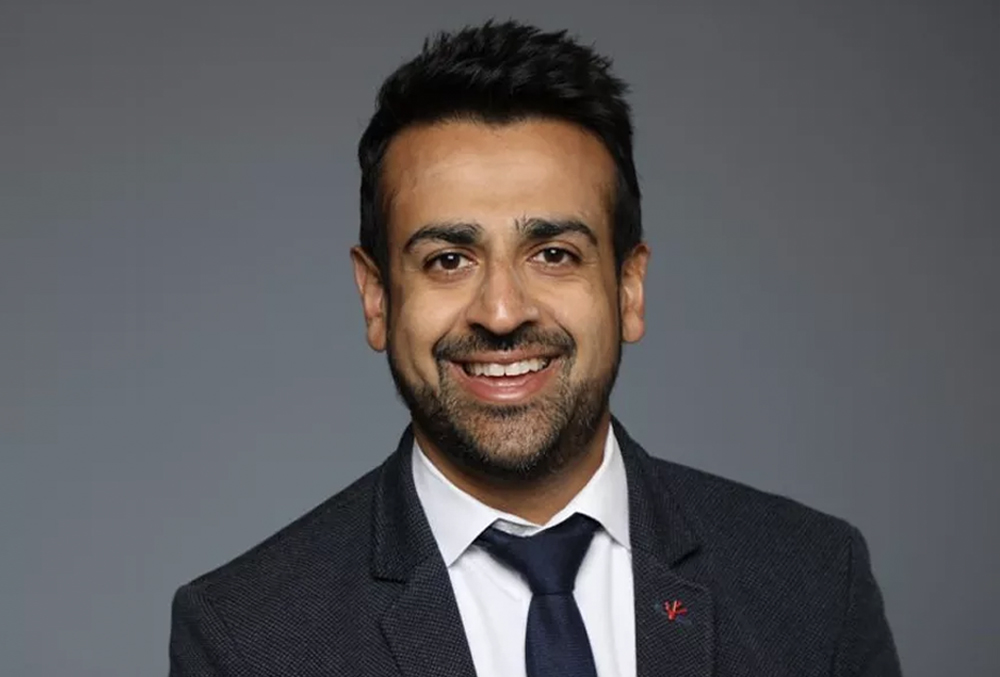
About Dr. Ashish Patel, MD
My training at the Hospital for Special Surgery in New York, a leading orthopedic hospital, created a strong desire to educate my patients regarding their neck and back condition, as I believe a well-informed patient can better participate during a joint decision-making process. I am focused on maximizing the overall patient experience and streamlining high-quality spine care for my patients.


![[Video] new research grant awards — Awarded to Spine Surgeon Dr. Ashish Patel [Video] new research grant awards — Awarded to Spine Surgeon Dr. Ashish Patel](https://mdashishpatel.com/wp-content/plugins/bold-page-builder/img/blank.gif)


